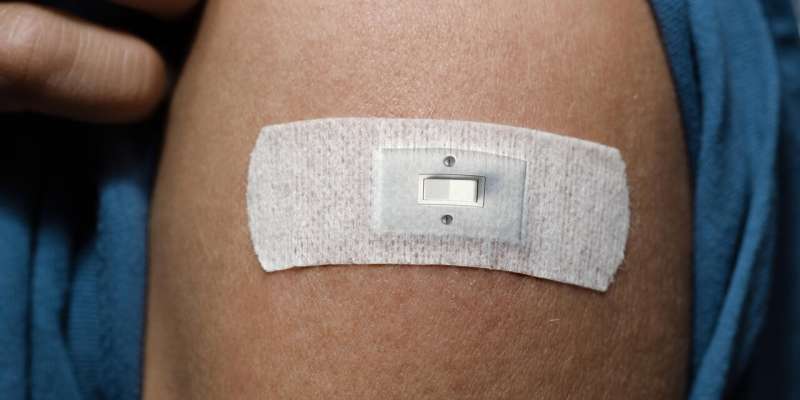The body regulates its metabolism precisely and continuously, with specialized cells in the pancreas constantly monitoring the amount of sugar in the blood, for example. When this blood sugar level increases after a meal, the body sets a signal cascade in motion in order to bring it back down.
In people suffering from diabetes, this regulatory mechanism no longer works exactly as it should. Those affected therefore have too much sugar in their blood and need to measure their blood sugar level and inject themselves with insulin in order to regulate it. This is a relatively imprecise approach compared to the body’s own mechanism.

